The Alexander von Humboldt Foundation [www.humboldt-foundation.de] grants about 20 Friedrich Wilhelm Bessel Research Awards annually, funded by the Federal Ministry of Education and Research, to internationally renowned academics from abroad in recognition of their outstanding accomplishments in research to date and their exceptional promise for the future. Award winners are invited to to spend…
Featured
CITA Prof. Pfeiffer and Former Postdoc Van Waerbeke Win the Humboldt Foundation’s Bessel Award
Awards Featured News // // February 24, 2016 // no comments
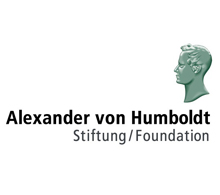
Daniel Tamayo is the recipient of the 2015 Jeffrey L. Bishop Fellowship
Awards Featured News // // February 9, 2016 // no comments
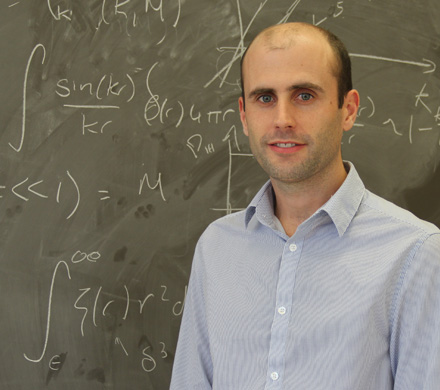
Daniel Tamayo was awarded the Bishop fellowship for his work in orbital dynamics, particularly his recent research elucidating how forming planetary systems evolve to create the diversity of orbital architectures we observe around other stars today.
In the last twenty years, researchers have discovered thousands of planets orbiting other stars. The results are surprising, with about half of…
Professor J. Richard Bond Receives an Honorary Degree from SMU
Awards Featured News // // January 27, 2016 // no comments
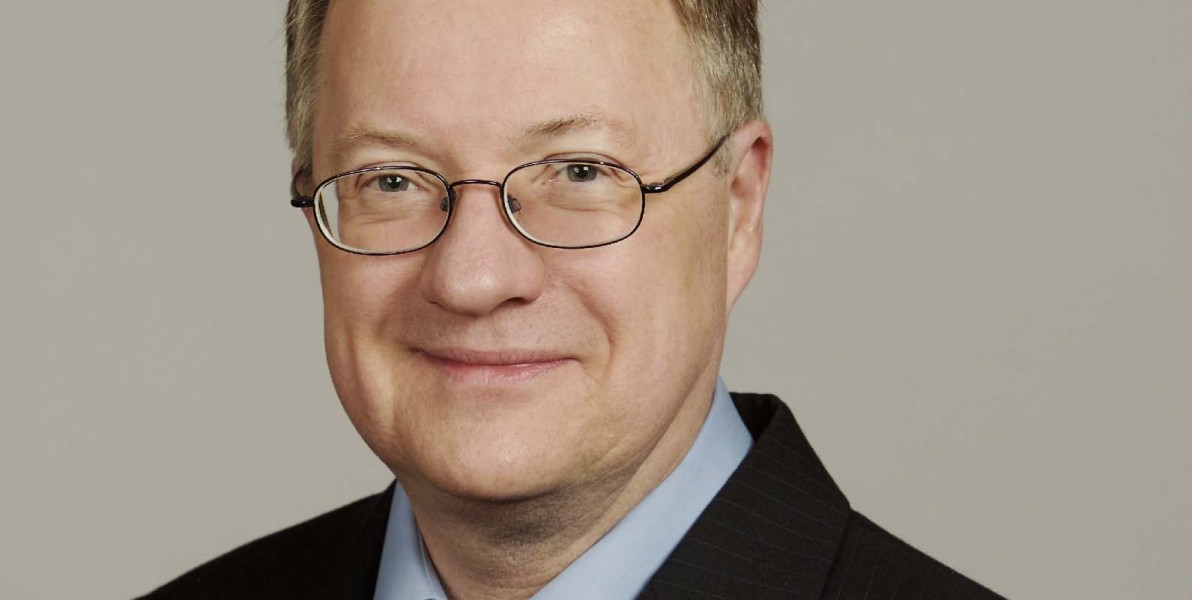
On January 23, 2016, CITA Professor J. Richard Bond was one of two exemplary individuals presented with an honorary degree from Saint Mary’s University. He was bestowed a Doctor of Science, Honoris Causa degree from SMU to recognize his outstanding contributions to the field of cosmology.
A glowing account of Prof. Bond’s many accomplishments was published on SMU’s news webpage. SMU’s president…
New Light Shed on the Fast Radio Burst Mystery
Featured News // // January 26, 2016 // no comments
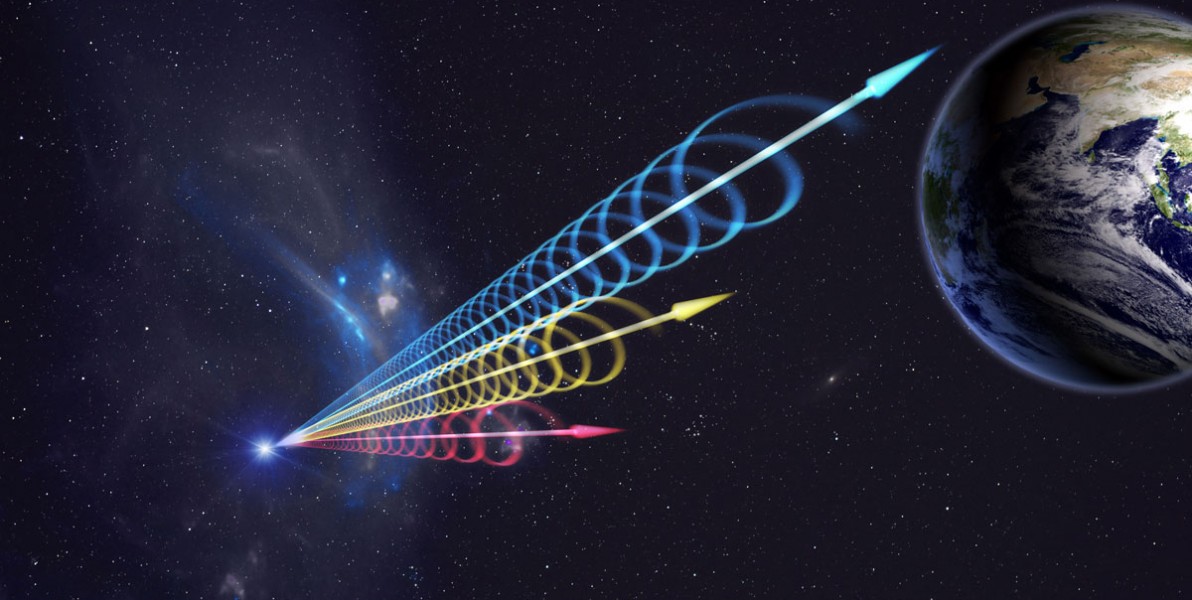
NRAO Fast Radio Burst Press Release Video from NRAO Outreach on Vimeo.
Kiyoshi Masui speaks to Nature Podcast about the team’s recent findings.
A team of astronomers, led by the former CITA graduate student Kiyoshi Masui, and including current CITA professor Ue-Li Pen, have uncovered the most detailed record of a Fast Radio Burst…
NASA’s Swift and NuSTAR: Black Hole Has Major Flare
Featured News // // January 26, 2016 // no comments
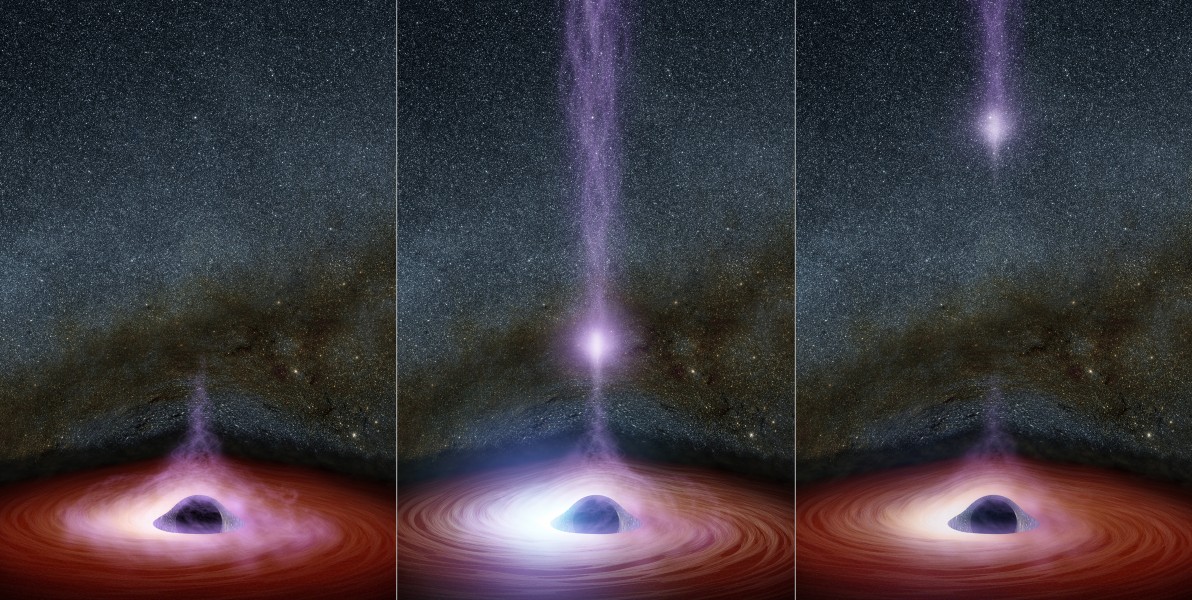
CITA National Fellow Dan Wilkins of St. Mary’s University was recently the lead author of a paper that more deeply characterizes the behaviour of supermassive black holes. The results from the observations by NASA’s Explorer missions Swift and the Nuclear Spectroscopic Telescope Array (NuSTAR) could “help us understand how supermassive black holes power some of the brightest objects in t…
SXS Simulation Video Featured on BBC Earth
Featured News // // October 22, 2015 // no comments
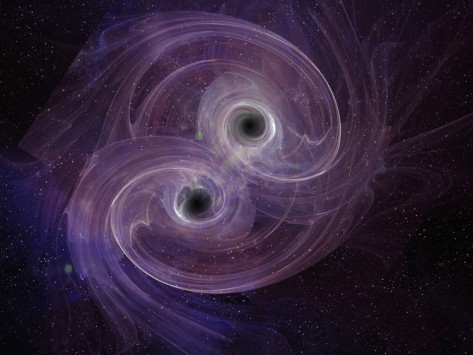
BBC Earth recently featured a video that simulates the collision of two black holes, produced by the Simulating eXtreme Spacetimes (SXS) collaboration.
Black holes are formed by the collapse of massive stars; their gravitational pull is so strong that not even light can escape. If they occur in pairs, they emit intense gravitational energy, causing them to spiral inwards and eventually…
A new part of the time-domain radio sky
CHIME Featured News Pulsars // // October 2, 2015 // no comments
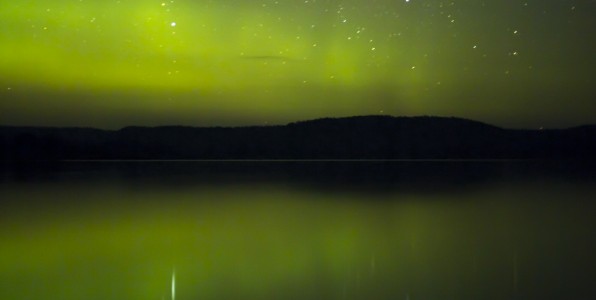
By: Liam Connor and Robert Main
(Image Credit: Andre Recnik; Click to enlarge) The first VLBI image of a pulsar’s scattering screen revealed a linear structure in the sky. This is believed to possibly due to refraction at grazing incidence of current sheets in the ISM, where ripples in the sheets cause an enhanced bending of the light from the pulsar. Analogously, a star’s light along t…
Cristobal Petrovich is the Recipient of the 2015 Gruber Foundation Fellowship
Awards Featured News // // September 16, 2015 // no comments
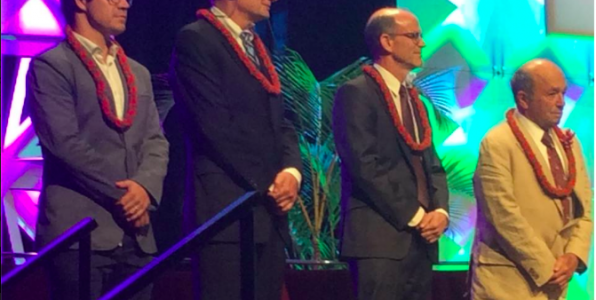
The 2015 Gruber Foundation Fellowship recipient is Cristobal Petrovich from Chile, who will spend the fellowship period at CITA (Canadian Institute for Theoretical Astrophysics) and the Center for Planetary Science at the University of Toronto, where the study of exoplanets is a very active research field. He plans to extend some of the theories of planet migration by taking into account t…
Debut on the BBC and Science Channel! the bicep-planck story
Featured News Planck Uncategorized // // March 16, 2015 // no comments
Headlines around the world accompanied the announcement in March 2014 by the BICEP2 team that a specific swirly pattern of cosmic microwave background polarization called the B-mode was discovered on large angular scales. After evaluating and rejecting various systematic effects and Milky Way foreground emissions as the cause, the team, including Professor Barth Netterfield and graduate student…
Planck: Gravitational Waves Remain Elusive
Featured News Planck // // February 2, 2015 // no comments
Despite earlier reports of a possible detection, a joint analysis of data from ESA’s Planck satellite and the ground-based BICEP2 and Keck Array experiments has found no conclusive evidence of primordial gravitational waves. CITA scientists Dick Bond and Peter Martin are co-authors on this new study.
Read more…
Download the BICEP-2/Keck/Planck cross-correlation…
- ← Newer Posts
- 1
- 2
- …
- 5
- 6
- 7
- 8
- 9
- Older Posts →